

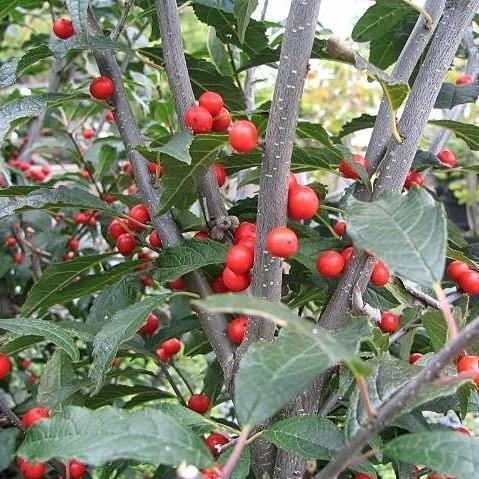
SUMMARY:
SCOPE OF WORK: ServeScape, Inc., a Georgia corporation (Hereinafter referred to as “ServeScape”), through a verified, licensed and insured 3rd party contractor, will provide all labor, equipment, furnish and install all materials, which are necessary to perform the work indicated in your shopping cart on ServeScape.com, at the property address listed on the on-line order. The scope of the project is defined by the plan provided by ServeScape and accompanying material purchases and made a part of this agreement by this reference.
After the client initiates the proposal/plan and signs this agreement, any deviation from the plan/proposal, at the request of the Client, may result in an additional cost to the client. All deviations/changes made in the proposal/plan after the commencement of the work will be embodied in a “Change Order” signed by the client and will be added to the “Total Cost” of this project.
Client herein acknowledges that payment of the cost of all “Change Orders”will be required before work on the change can commence. Client further understands all drawings, sketches, graphic presentations, etc., attached hereto, are conceptual representations and do not display or declare exact size specifications.
COST & PAYMENT: The client will pay the “Total Cost” for the work through the “1-Click Installation” feature at checkout, or a Draft Order sent by ServeScape. 15% of the initial Payment is nonrefundable, and will be retained by “ServeScape” in the event of cancellation as compensation to “ServeScape” for the lost scheduling, purchasing, planning time, services and/or materials that may have been provided. Additionally all plant material purchased will incur a 35% restocking fee. All permits and fees, if lawfully required for this project, will be paid by the client.
PROJECT START DATE: Estimated installation start date is typically 2-4 weeks from purchase. The client understands that the initial start/commencement date is only an estimate and may vary and actually start earlier or later than the approximate date provided by your designer. Weather and/or other factors/events beyond “ServeScape” control may affect the timing of contractors’ installation schedules.
DELAYS IN PROJECT: “ServeScape” shall not be responsible for delays in the project brought about due to weather, storms, floods, fires, change orders, special request items, extra contracted work, equipment breakdowns, material shortages, holidays, accidents, illnesses, acts of God or any other items beyond the control of “ServeScape”. “1-Click Installation” charges include planting services only. Site should be clear and ready for planting when our installers arrive. If the site needs any preparation or demolition, additional charges may be proposed on the day of installation. A clear site includes grass, mulched, or bare ground. Site preparations and demolition may include but are not limited to soil conditioning, removal of excess plant material including roots, removing gravel or rock, removing concrete or hardscape pathways. Additional installation fees may apply due to lack of access for trucks, machinery and/or people, limited window of availability, existing conditions that would render the installation extraordinarily difficult.
SOIL CONDITIONS: If subsurface or otherwise concealed physical conditions at the Premises differ materially from those indicated in this Agreement or from those ordinarily found to exist in the vicinity of the Premises, including subsurface septic tanks, sprinkler systems, electrical lines, gas lines, cable t.v. lines, fence, stumps, trees, trash pits, control of underground water seepage, or other unusual ground conditions, including hidden rock, concrete, or debris, then the Contract Price will be adjusted to account for any changes required to this Agreement or in the materials or method of work required to carry out the Work. Any increase or decrease in costs to “ServeScape” due to changes in taxes after the date of this Agreement shall also increase or decrease the Contract Price accordingly. The client will be notified if any of these conditions arise and require cost adjustment to the client.
UTILITIES: Prior to commencing the work, “ServeScape” will request the local utilities services to mark their respective utility lines on the property. Client acknowledges that “ServeScape” will not be responsible for damage to unmarked or unrecorded utilities lines, Irrigation systems, secondary water line, pool equipment, outdoor lighting or damages to utilities lines or other subsurface objects, whether or not marked or recorded, which are not located at standard depths on the Property.
WARRANTY: The ServeScape Secure Warranty, if purchased warrants the work as follows: Plant Materials - “ServeScape” warrants that all plant materials furnished by “ServeScape” shall be healthy, true to name, and in good growing condition. “ServeScape” further warrants that all plant materials will be installed according to generally accepted nursery standards. “ServeScape” will warrant all trees and shrubs for one year and also a one-year warranty on the installation fee. The warranty of plant material is limited to a one-time replacement per item within the warranty period. Construction / Hardscapes - “ServeScape” warrants all construction/hardscapes for 1 year to include material and labor. Warranty does not cover polymeric sand joints, hardscapes damage due to vandalism, use of winter or snow/ice accelerator products, animals, fire, tree falls, mechanical damage, removal or relocation, efflorescence, or stains. Upon the client providing “ServeScape” with notice of a proper warranty claim under this Agreement, “ServeScape” will have 30 days to respond to the warranty claim. The warranty is not transferable. Warranty does not apply to past-due accounts or jobs that are not paid in full.
GRANTS & RELEASE: ServeScape may erect a sign at the Premises identifying the Contractor during the construction and for a period of 2 weeks following completion of the Work. The Contractor shall also have the right to access the site for the purposes of taking photographs in relation to the Work both prior to and after completion of the Work and shall have and retain all copyright in said photographs which may be used by the Contractor at its sole discretion in reference and promotional materials, portfolios and/or publications.
CHANGES/ADJUSTMENTS TO CONTRACT: All changes/adjustments to this contract must be initialed and dated by both “ServeScape” and the Client.
INSURANCE: ServeScape guarantees that the contractor is licensed and carries a minimum of $1M in general liability insurance.
SERVESCAPE GUARANTEE
At ServeScape, our mission is to bring you the best local plants available, right to your doorstep! We offer a satisfaction guarantee upon delivery. You have 48 hours after the time of delivery to inspect and reject any items on your order. To request a replacement or refund, submit the return request form and a horticulturalist from the team will reach out to you to provide assistance.
After the 48 hour window, we are still here to help! We want you to have success with your plants and enjoy your landscape! We offer landscape design services, have knowledgeable horticulturalists on staff, and a vast network of landscape professionals we can recommend to help you attain your goals, and plant joy!
CANCELLATIONS
A 35% restocking fee will be applied to any item or order that is canceled for reasons out of ServeScape’s control. (Buyer’s Remorse, Outside Delivery Service Area, Ordered the wrong plant, Ordered too many, etc.) Purchase of a Gift Card is non-refundable.
PURCHASE A 1-YEAR WARRANTY
We offer a 1-Year warranty for an additional fee that can be added to your cart at checkout. Our 1-year warranty covers a one time replacement* of the same plant** within 365 days of the order date for any eligible plant on the warranted order that has been planted at the delivery location***, and has died. For material with a dormancy period or that has experienced cold damage, replacements will be provided 30 days after the dormancy period has passed, or after the last frost date. Submit our return request form to request a replacement for your warranted plant, photos required. The following items are excluded from the warranty policy: annuals, annual vegetables, indoor plants, perennials, supplies, pots, planters, mulch, soils, fertilizers, designs and books.
*Warranty covers a full one time replacement of the same plant. Delivery cost and taxes not included. Warranties and replacement plants are non-refundable. The replacement plant provided will not be under warranty. All warranty replacement requests will be issued in the form of a gift card for the amount paid.
** Should the same plant variety be unavailable at the time of request, ServeScape will take 90 days to source the same plant variety, before offering a replacement of the same species of equal or lesser value.
*** The warranty does not cover issues arising from planting a species in unsuitable conditions, such as placing a sun-loving plant in a shaded area. To ensure plant health and maintain any applicable warranties, it's essential to follow the recommended planting guidelines for each species. Plants will not be warrantied if planted outside of the USDA hardiness zone 7B or 8A, or planted outside the recommended USDA Hardiness zone for the plant listed on our product page.
DISCOUNTS
Only one discount code can be used per order. You cannot combine discounts to receive multiple discounts. This includes plant point discounts. All discount codes must be applied at the time of purchase, and cannot be applied to your order retroactively.

Learn More
Design your dream landscape with ServeScape's studio.
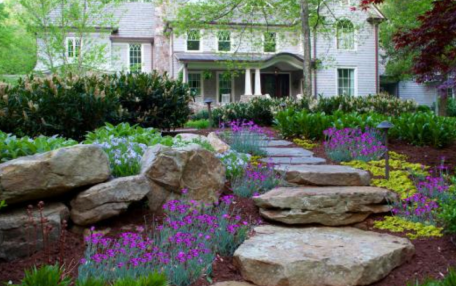
Inspiration
Explore ServeScape's portfolio - a testament to our passion and expertise in landscaping!

get more leads
Craft landscapes, build futures! Become a ServeScape pro installer today. 🛠️🌱
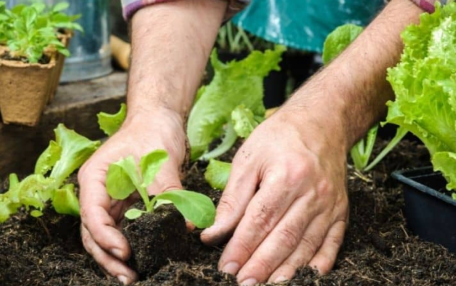
Knowledge base
Unlock your garden's potential with ServeScape! 🌱
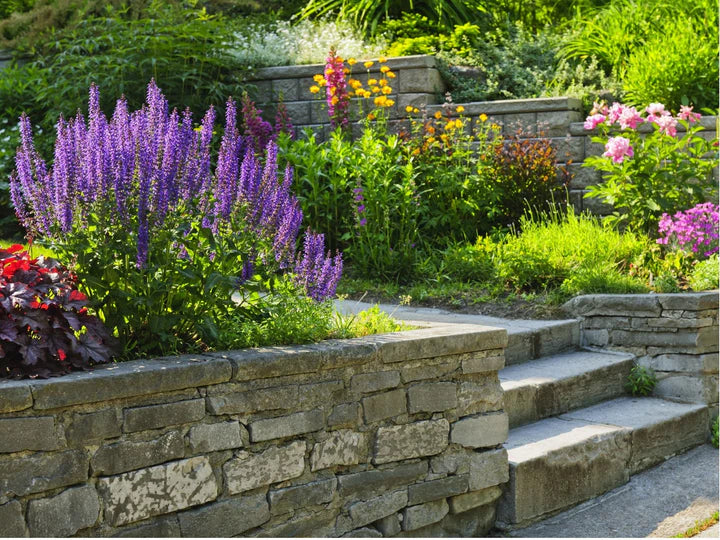
Knowledge Base
Guides on how to take care of your garden & landscape.
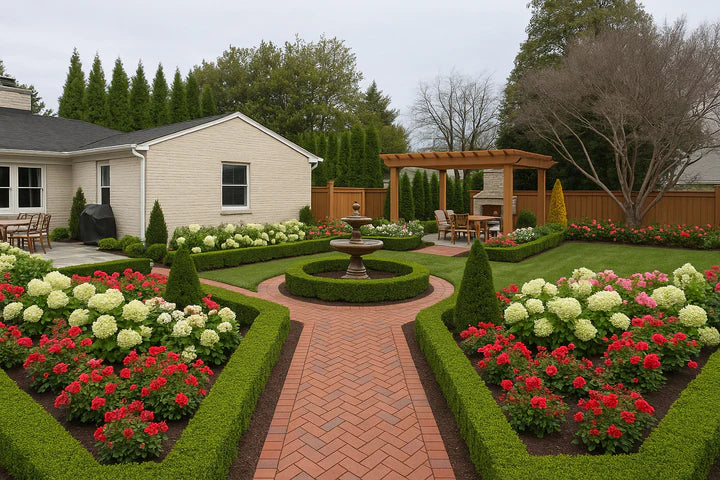
Knowledge Base
Ideas & Resources on how to transform your landscape.

Magazine
Take a look at our Scapes of the South online magazine issues.

learn more about
Join ServeScape Pro 🌿: Save 25% on all items 🛍️ ($500 min.), enjoy free scheduled delivery 🚚, exclusive design discounts ✂️, expert plant advice 🌼, and quality local leads 👥. Elevate your landscaping business now!
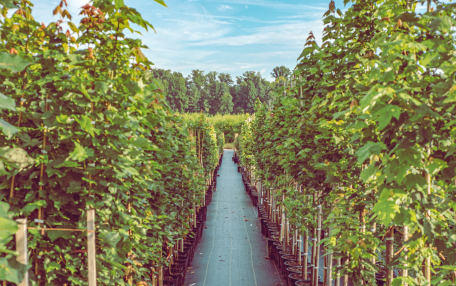
Ground to the cloud
Join ServeScape: Grow with us & bloom! 🌼 Be part of our green revolution today

get more leads
Craft landscapes, build futures! Become a ServeScape pro installer today. 🛠️🌱

design plant joy
Design green dreams with ServeScape! 🌈✨ Your talent, our mission. Join us now.
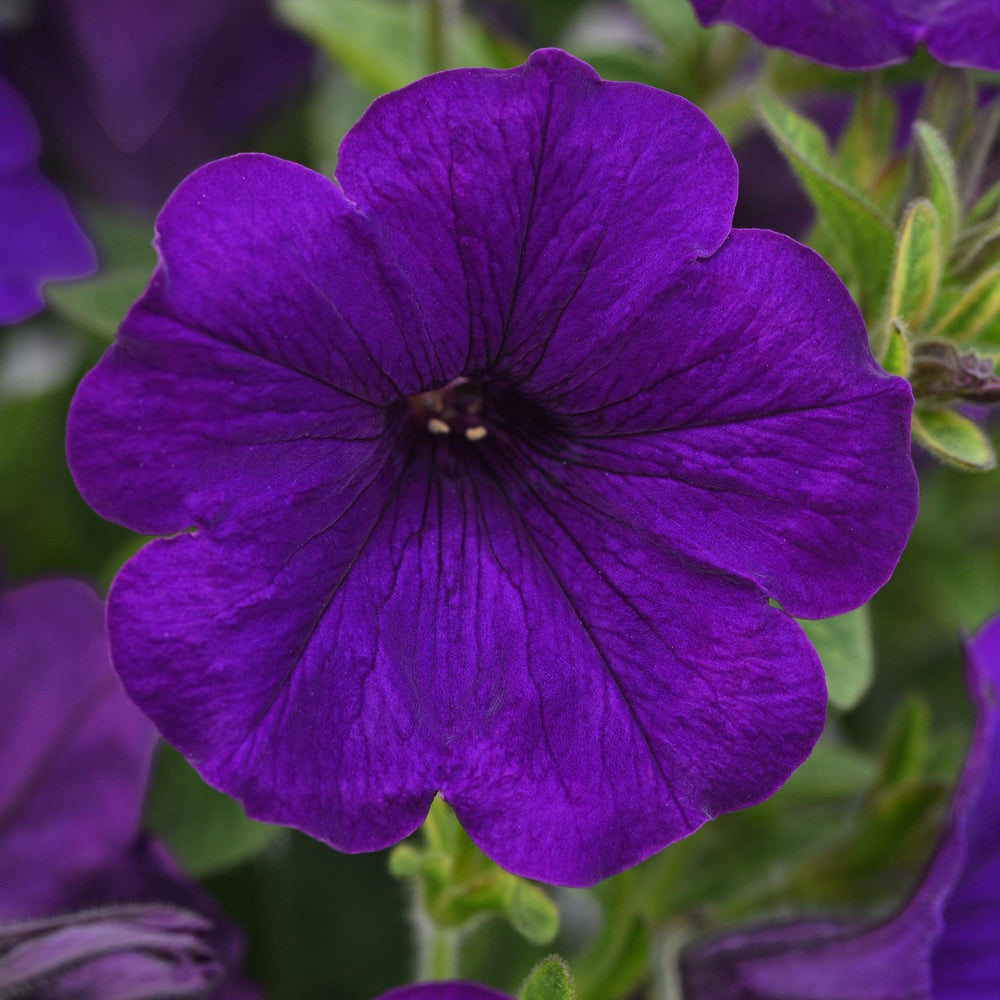
From inspiration to installation ServeScape is here to help you grow.
Sign up to receive news, sales, and special promotions.

Sign up for restock notifications when this product comes back in stock!



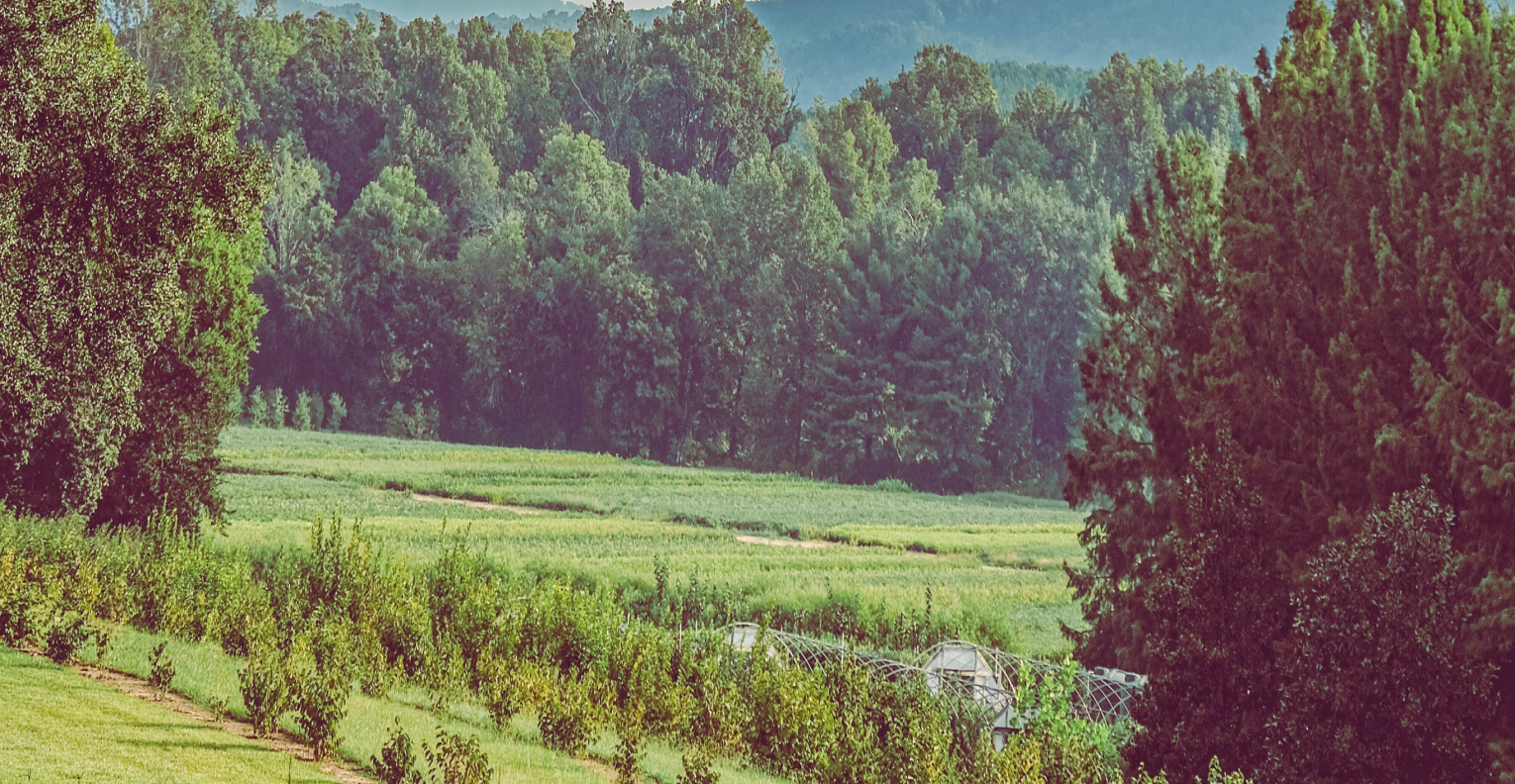
"Keep going and growing, plant joy"
Mario Cambardella
Founder, CEO

Unlock free standard delivery on purchases worth $200 or more. Treat yourself to your favorite items and let us take care of the delivery costs.
You can trust us to deliver the best quality plants. If, for any reason, your plant doesn't survive within the first 48 hours of purchase, we'll provide a free replacement.
Skip the hassle of sourcing, contacting and managing 3rd party landscape contractors. Let ServeScape's vetted installation specialists install your project for you.